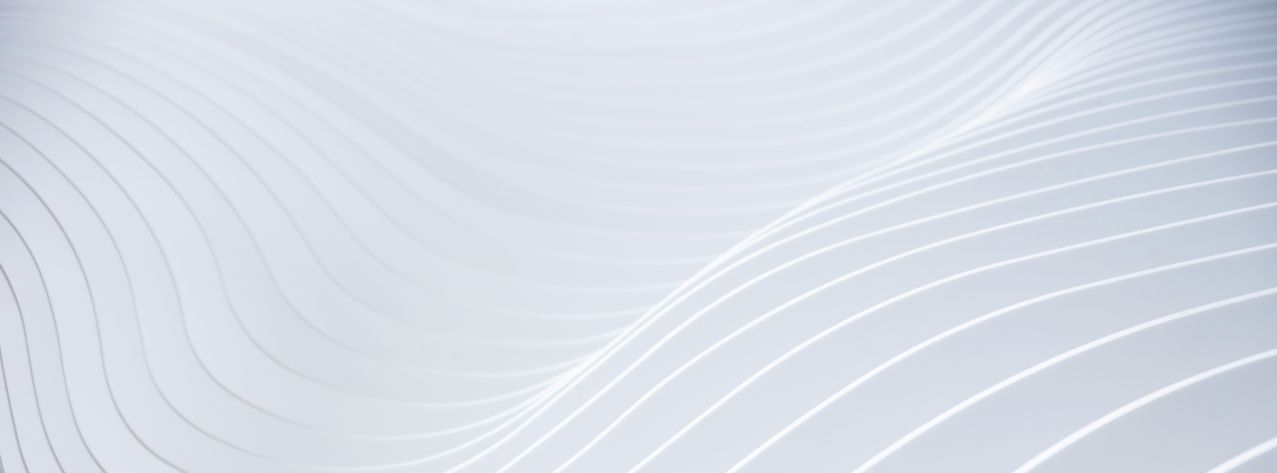
Like everything changes in the industry, designing interfaces has evolved in a certainly interesting way, shaping the way we use and interact with digital spaces today. We got tons of new knowledge and research on how users use and interact with our projects, enabling us to make better decisions and plan features for the appeal that we are looking for!
Stuff like user centricity, accessibility, content placement, familiarity and psychological biases, user group studies, design languages, libraries, et cetera, have been gaining so much attention and importance in the design industry that are becoming the norm if we want to create experiences that feel natural, intuitive, and actually useful. What used to be a one-and-done phase has turned into a living process that evolves alongside the project.
Design today is about deeply understanding the people who’ll be using what we create, and continuously tweaking, testing, and improving things based on feedback. It’s an iterative process, and that’s where the real magic happens. Through loops of exploration, feedback, adjustment, and growth, we get closer and closer to something that really works.
What is Iterative Design, Really?
At its core, by “iterative design” we usually mean the cyclical approach to solving problems and refining that’s based on the cyclic process of prototyping, testing, analysing, and refining the product. This repetition of small cycles, or iterations, in the development of the project, is what refines the end-product through defining smaller scopes and targets that improve on their previous version through new means and angles that you might’ve not even considered during your first approach to the project. During each iteration, design and development are able to constantly evolve and implement updates right away. A new version of the product is produced after each iteration until you achieve your ideal end product.

This concept is not exactly new, and it has its roots even before digital design even existed, first documented in the early 1930s, since then gaining roots in most major industries, and is a hidden mechanic that drives progress.
Case in Point: Why It Works
Apart from the habits and the mindset it shapes in a designer (which we’re going to talk about in a minute), iteration is truly the g.o.a.t. when it comes to exposing blind spots, fine-tuning ideas, and putting assumptions to the test. But ok, enough theory, let’s ground this into an example.
Picture this: a client walks in with a request to revamp their product. Their app or website is showing its age, it’s been getting outdated for a while now and they want a modern facelift to stay relevant. Sounds straightforward, right?
So, how do we get started? Here’s the thing: even if we don’t consciously label it, the process is already wired into how we work. It starts right at the research phase. We gather context. Who are the end-users? What problems are they running into? What feels solid, and what is due for a rethink?

This loop in the research and discovery phase becomes a filter that reveals more than any one-shot solution ever could. As we dig deeper, we start to uncover new angles, shift our focus, and slowly redefine what this project actually needs to deliver.
Then come the wireframes and concepts. We sketch out ideas, test them with real eyes, tweak layouts, and change flows. Rinse and repeat. UI design? Same thing. You explore one visual direction, realise it doesn’t quite hit the mark, shift a component, and refine typography.
Each stage has its own mini-loop. Iteration isn’t a phase, it’s the heartbeat that keeps every phase alive and evolving.
Becoming an Experienced Professional
Over time, working with an iterative mindset has completely reshaped how I grow in my field. Each project becomes a space to try, fail, adjust and improve. It’s not just about fixing mistakes, but learning from them in a way that sticks.
You start to recognise patterns, feel out better solutions faster, and build an instinct for what works and what doesn’t. That experience adds up. You carry it into the next project and the next, and it shapes how you approach problems from the start.

It’s easy and tempting to implement some off-the-counter solutions, but those rarely fit perfectly. It takes practice and reflection to see when ready-made solutions are enough, and when the challenge calls for something more thoughtful.
The real value, though, is in the experience itself. That’s the profit you don’t see on a balance sheet. It’s what turns you from someone who can follow a process into someone who understands why that process matters. The more you go through these cycles, the more confident you become not just in your work, but in your ability to take on the unknown.
You stop shying away from unfamiliar projects. You stop second-guessing your gut. That momentum pushes you to try things outside your usual lane, to say yes to new challenges that once felt out of reach. And in that space, where comfort meets discomfort, you grow the most.
Closing Thoughts
Some of what I’ve shared here might seem obvious at first glance. And honestly, I wish that were the case. But the truth is, it’s often the simplest things that slip through the cracks when we get caught up in deadlines, trends, and chasing what’s next.
Revisiting the fundamentals keeps us grounded. It reminds us where we started and keeps us moving forward. We grow by circling back, learning, and pushing ahead a little sharper than before. In the end, it’s never really about the destination, it’s about the journey, the movement, the evolution, the quiet momentum that turns effort into mastery.



